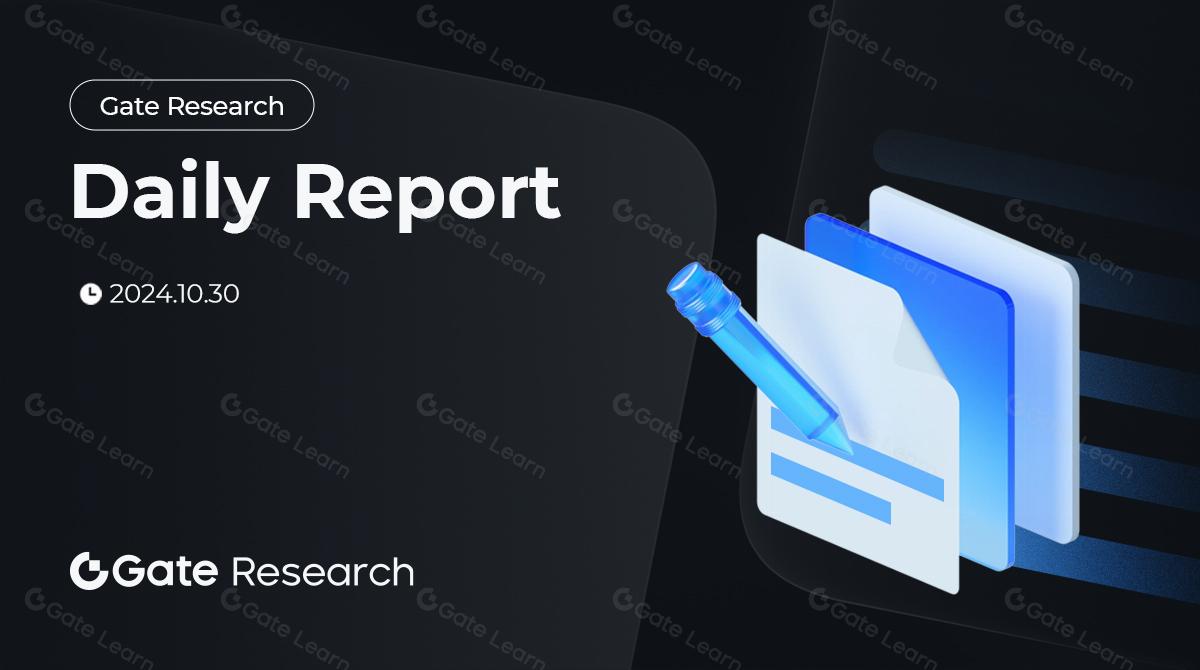QE

Quantitative Easing (QE) is an unconventional monetary policy tool employed by central banks, involving large-scale purchases of financial assets (such as government bonds) to increase the money supply and lower long-term interest rates. This policy was widely adopted by central banks following the 2008 global financial crisis, aiming to stimulate economic activity, prevent deflation, and provide market liquidity. In cryptocurrency markets, QE measures in traditional financial systems often influence investor behavior, as increased liquidity may drive some funds toward cryptocurrencies like Bitcoin, viewed as "digital gold" and serving as a hedge against fiat currency devaluation and inflation risks.
Key Features of Quantitative Easing
Technical Details:
- Central banks create new electronic money to purchase government bonds and other financial assets
- This process increases reserves in the banking system and expands the overall money supply
- Typically implemented when conventional monetary policy (like lowering benchmark interest rates) approaches the zero lower bound and has limited effectiveness
- Operations are usually massive in scale, with the Federal Reserve's multiple QE rounds after 2008 expanding its balance sheet by trillions of dollars
Market Hype:
- QE policy announcements typically affect financial market sentiment immediately, causing stock markets to rise and bond yields to fall
- In crypto markets, QE is often seen as a bullish signal for hard-inflation assets like Bitcoin
- Market participants closely monitor changes in central bank balance sheet size as an indicator of market liquidity
- Policy pivots (such as hinting at QE tapering) often lead to increased market volatility
Use Cases and Advantages:
- Boosting market confidence and preventing deflationary spirals during economic downturns
- Lowering long-term borrowing costs to stimulate consumption and investment
- Increasing financial asset valuations to create wealth effects
- Providing governments with greater fiscal space to support public spending
Volatility:
- The initiation, modification, or termination of QE policies can trigger significant market volatility
- Creates disconnect between asset prices and fundamentals, leading to the so-called "everything bubble" phenomenon
- Causes capital flow shocks and exchange rate volatility for emerging market countries
- In crypto markets, QE-related news can lead to dramatic short-term price movements
Market Impact of Quantitative Easing
Quantitative easing has had profound effects on traditional financial markets while also providing unique growth catalysts for cryptocurrency markets. As vast amounts of new money enter the financial system, some investors view cryptocurrencies as tools to hedge against inflation and currency devaluation. Assets with fixed supply caps, like Bitcoin, are perceived as safe havens in an environment of persistent fiat currency devaluation.
During periods of global quantitative easing, we can observe the following market impacts:
- Asset inflation: QE tends to drive up prices across financial assets, including stocks, bonds, and real estate, potentially boosting crypto asset valuations as well
- Increased risk appetite: In environments with abundant liquidity, investors seek higher returns by increasing allocations to higher-risk assets, including cryptocurrencies
- Improved funding environment: Blockchain project financing becomes easier, driving innovation and ecosystem expansion
- Higher institutional participation: Loose monetary conditions encourage traditional financial institutions to consider allocating portions of their assets to Bitcoin and other digital assets
- Fiat comparison effect: When fiat currencies face devaluation pressure due to QE, the scarcity value of supply-capped cryptocurrencies like Bitcoin becomes more pronounced
Risks and Challenges of Quantitative Easing
While viewed as a necessary tool during economic crises, quantitative easing comes with significant risks and challenges:
- Inflation risk: Large-scale money creation may eventually lead to rising inflation, eroding purchasing power and affecting those on fixed incomes
- Asset bubble formation: Excessive liquidity can cause asset prices to severely disconnect from fundamentals, increasing systemic risk
- Widening income inequality: QE tends to boost financial asset prices, benefiting the wealthy who already own these assets
- Diminishing monetary policy effectiveness: Long-term reliance on QE can lead to diminishing marginal effects, gradually rendering central bank policy tools ineffective
- Exit difficulty: Once QE is implemented, markets become dependent on the policy, making it difficult for central banks to normalize monetary policy
For crypto markets, the end of QE or a pivot to tightening monetary policy may trigger significant volatility:
- Liquidity contraction could lead to substantial corrections in risk assets, including cryptocurrencies
- High-interest-rate environments may reduce the relative attractiveness of non-yielding crypto assets
- Changes in inflation expectations could alter the narrative of Bitcoin as an "inflation hedge"
- Development of Central Bank Digital Currencies (CBDCs) might emerge as alternatives to traditional QE, changing the development path of the entire crypto ecosystem
Quantitative easing policies have profoundly impacted both the global financial system and cryptocurrency markets. Understanding how QE works and its effects on different asset classes is crucial for investors. For crypto market participants, closely monitoring central bank policy directions provides valuable market signals, while the limitations of traditional monetary systems exposed by QE reinforce the rationale for decentralized digital assets. As central banks continue to explore and adjust their monetary policy tools, the complex interplay between quantitative easing and crypto assets will continue to evolve, potentially offering important insights into the future direction of the financial system.
Share
Related Articles

Gate Research: BTC Approaches All-Time High; Total BTC Futures Open Interest Surpasses $43 Billion

Gate Research: South Korean Political Turmoil Triggers Market Volatility, TRX Surges Over 70% in One Day
